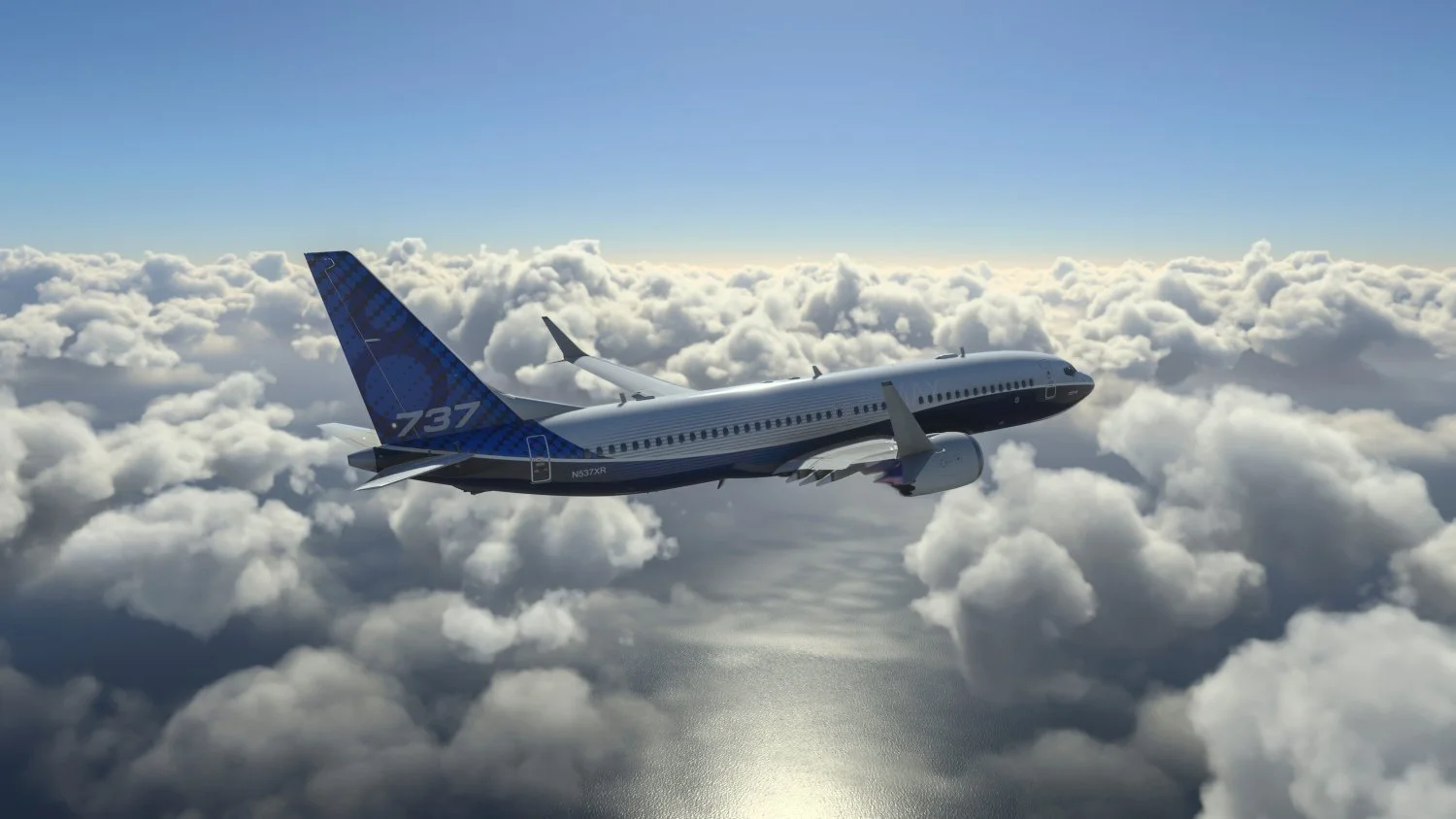TYPE RATINGS
TYPE RATINGS
So what is it?
A type rating is a certification granted by aviation authorities to pilots, which allows them to operate a specific type of aircraft. It indicates that the pilot has completed the necessary training and met the required standards to fly a particular aircraft.
Type ratings are required for larger and more complex aircraft, such as commercial jets or transport planes. These aircraft have unique characteristics that require specialized knowledge and skills beyond what is typically required during flight school.
To obtain a type rating certification, pilots must undergo rigorous training related to the specific aircraft they want to fly. They start by studying the aircraft’s systems, performance capabilities, and operating procedures. This is followed by simulator training, where pilots practice various flight scenarios, including emergency situations.
After completing the necessary training, pilots must pass a series of examinations. These assessments test their knowledge of the aircraft, flight procedures, and ability to react under pressure. Finally, depending on the licensing authority, the pilot must complete the Base Training which includes 6 landings and 1 missed approach (Go-Around) in the actual aircraft.
Upon successful completion, the aviation authority will issue a type rating certification in the license, allowing them to operate this specific aircraft type for a commercial airline..
Type ratings are essential for pilots looking to advance their careers in the aviation industry. It provides them with the ability to operate larger and more complex airplanes, which can open up more job opportunities and higher salaries.
The requirements?
Depending on your licensing authority there are different requirements in order to qualify for a Type Rating course.
EASA - Europe
Hold a valid CPL(A) license
Hold a valid IR(A) multi-engine,
Have flown at least 70 hours as pilot in command (PIC),
Have passed all ATPL theoretical examinations,
Hold a certificate of satisfactory completion of MCC course or have at least 500 hours as a pilot in multi-pilot operations on single pilot multi-engine aircraft in commercial air transport in accordance with the applicable air operation requirements.
The process
All type rating processes are more or less similar, however certain programs can be structured differently depending on the operational needs of the customer, or regulations set forth by the licensing authority.
The core content however remains the same and it contains 3 phases which will on average take a maximum of 6 weeks.
EASA - Europe
Phase I - 2 weeks
Instructor led Theoretical Training
CBT
Phase II - 4 weeks
36 hours FTD (Fixed Training Device) training
32 hours FFS (Full Flight Simulator) training
4 hours Skill Test
Phase III - 1 day
Base Training - 6 landings and 1 Go-around in the Aircraft for inexperienced pilots, for pilots with more than 500h of jet aircraft experience, 4 landings and 1 Go-around manoeuvre will be sufficient



